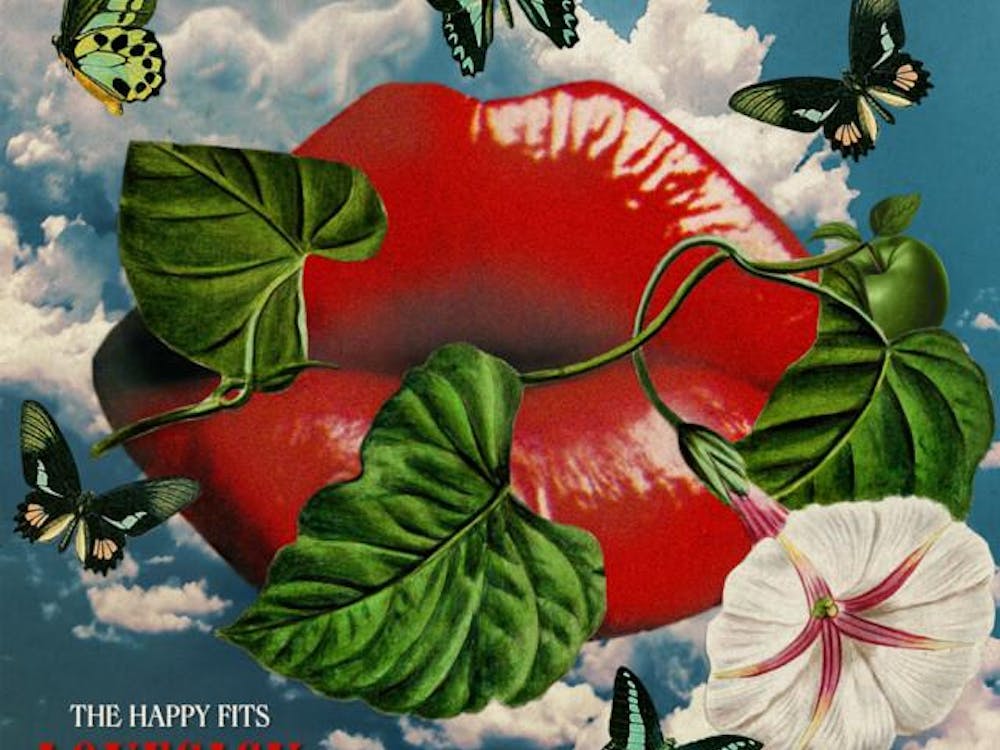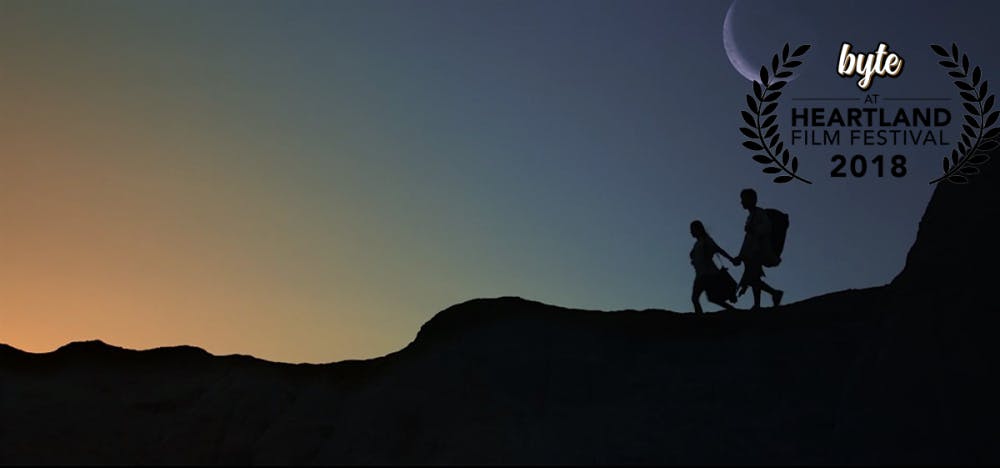Before the screening of Nathan’s Kingdom, director and screenwriter Olicer Muñoz spoke about how the film was about a journey, much like the filmmaking process itself. Over the course of ten years of production, five of those years for filming, and numerous hardships, Muñoz clearly put boatloads of passion into the film. I kept his story in mind during the screening, thinking about all the time, the hardships, and the triumphs that must have occurred during production. This journey on its own is worth telling, and that’s not even to include the journey he created for the characters within Nathan’s Kingdom. All of it comes together and, despite some rough patches within the movie, results in a very heartwarming experience.

Image from Heartland
Nathan’s Kingdom initially stood out to me because the titular character Nathan is on the autism spectrum. This made me skeptical, because many production companies are afraid to tackle mental health related issues in a realistic manner. Muñoz purposefully casted the role of Nathan to be played by an actor (Jacob Lince) who himself is on the autism spectrum. This makes the character feel completely real in a way that I’ve never seen done before in a film. Nathan and his relationships with everyone else, particularly his sister Laura (played by Madison Ford) seem to be plucked straight from life experiences. Watching how Nathan moved through the world I saw many shades of my little brother who is on the autism spectrum. Nathan is absolutely the star of the show, and his struggles cut more deeply than I could have imagined walking into the film.
The narrative itself is, like Muñoz described, one of a journey. But it’s not just about Nathan’s journey to find his kingdom. It’s a story of siblings learning to connect despite the barriers that lie between them. Laura clearly is unable to properly handle Nathan on her own, but doesn’t believe anyone else can handle it. Her family ties are more powerful than her desire to escape and abandon Nathan. This can mostly be accredited to a great performance by Madison Ford, perfectly capturing the confliction and resentment the character has built up inside. The character of Laura could have been one that, if played improperly, would just make the audience hate her. Yet, whenever she loses her temper with Nathan, I felt more inclined to sympathize with her. There’s clearly much more going on than what we are shown, although maybe some of that could be self-projection onto the film. When it all finally resolves it creates a sense of overwhelming joy that makes the heartache worth it. The audience can find their own kingdom within Laura and Nathan’s journey.
Another fantastic addition to the film that I never expected was the storybook sequences included within the film. These animated sequences are inspired by the drawings within Nathan’s notebook, and both of the ones included are beautifully animated. The long sequence while Laura and Nathan exploring the dark mine, in particular, is a wonderful expression of child-like imagination. The audience gets a look into Nathan’s mind; how he sees the world and his own story. It’s hard to not get absorbed into that world during these sequences, with all of the wonderfully creepy, hand-drawn imagery. These were much more preferable to the couple short CGI sequences which, while they weren’t bad, looked nowhere near as good as the animation. It would have been neat to see more of it, but then the charm might have outworn its welcome.

Image from Heartland
Despite all of these great things, there are still a couple of gripes with the film that make me reluctant to declare it perfection. The cinematography is the biggest culprit here. When the film is taking in the scenery, playing and interacting within Nathan’s fantasy world, the camerawork is fantastic. The main problem lies in the scenes where Nathan and Laura are interacting outside of a make-pretend world. It may just be a pet peeve of mine, and I get the artistic value, but I can’t stand by using shaky-cam within a film. The effect is that it makes a film more gritty and realistic, and that’s fine. It also induces motion sickness and generally just makes the film harder to watch. The few shots that used a drone as well are noticeably cheap looking, with the drone camera being significantly lower in quality. Those two things served as my main problems with the film, but it’s something that many people can ignore to get lost in the world this movie creates.
The final thing to ask is: does this film succeed as a “feel-good” movie? The answer is easily a yes. The best parts of the film were when Laura and Nathan are playing together, laughing, joking, enjoying each others company. It was so incredibly heartwarming to watch these sequences where both let go of their problems and just play. Laura in the film describes it as Nathan’s coping mechanism, much like her drug habit (which admittedly doesn’t really play a huge part in the film, despite it being shown so frequently). I thought back to home, when I was a kid trying to play with my little brother despite the communication barrier. I would play games with him, I helped him learn how to use a computer, and so many other memories that this movie made me remember. It takes a lot to make me cry during a film, but seeing these sequences turned on the waterworks. This film can do a lot of good to teach people how to communicate with those with developmental disorders, and that alone makes it worthy of its spot at Heartland.

Follow the film on Facebook, Twitter, or its website
Featured image: Heartland
For more entertainment related content, visit us at Bytebsu!


















